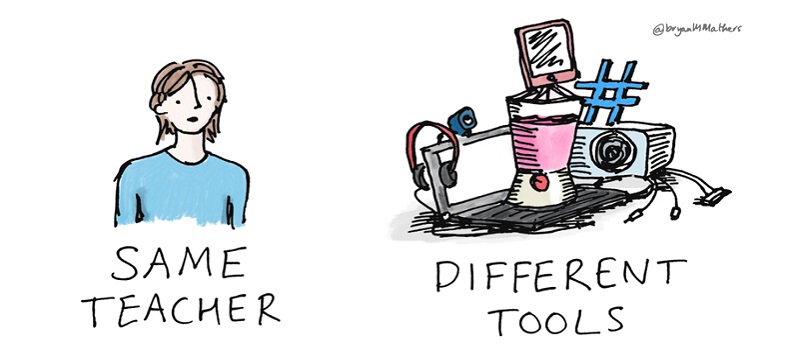1.4 Image manipulation
Images can be used to great effect in online learning – to illustrate a concept, provide emotional impact, reinforce learning, or simply add visual decoration. Rather than only including images in their original form, try using free graphics software to manipulate and annotate images. For example, a teacher could digitally alter one image and post it side by side with the original, asking learners to ‘spot the differences’, or the teacher could obscure elements of the image and ask students to predict what is hidden (this method works especially well with mathematical or chemical equations).
Tip
Ensure that the resolution and file sizes of your images are appropriate. If the resolution is too low, details may not be sufficiently clear, especially for students using certain displays or magnification software. Conversely, very high resolution images can mean huge file sizes that take a long time to download for anyone with a slower internet connection. File sizes can be checked through looking at the ‘properties’ of the file in your computer’s file manager. While software tools all differ, there are generally options when saving a file that allow resolution or quality to be changed. Also ensure that you have provided a description of the image so that students unable to view it can still understand what is being depicted (you will learn more about making your learning inclusive next week).
1.3 Low-tech, low-complexity video recording
